#John Ndevasia Muafangejo
Explore tagged Tumblr posts
Photo
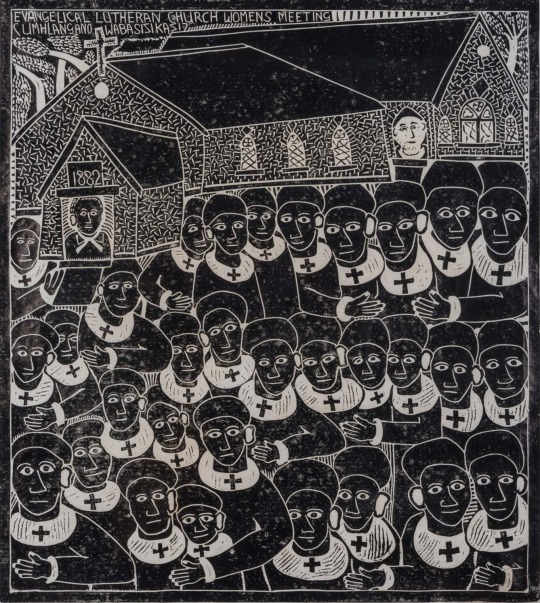
John Ndevasia Muafangejo
EVANGELICAL LUTHERAN CHURCH WOMEN'S MEETING
, 1974
79 notes
·
View notes
Photo

John Ndevasia Muafangejo, b. 1943, d. 1987 Forcible Love Namibia (1974) Linocut Iwalewahaus, Bayreuth [Source]
This work is made in 1974 by the idiosyncratic Namibian artist, who is best known for his expressive narrative and graphic quality in etching, woodcuts and linocuts. His works depicts issues relevant to him, mostly expressing thoughts and feelings of political and social-historical situations.
Forcible Love is divided into two rectangular vertical parts. Both portions consist of text describing a situation of jealousy between himself and another artist involving a woman. Central to this rectangular, we see the woman and behind her, eight individuals pointing fingers into her direction. The smaller rectangular contains a self -portrait of the artist with a chisel and a linoleum block in the hands, surrounded by a palm-tree branch on each side...
The text insinuates inexplicable misfortune that could have befallen him had he fallen for the temptations. The woman is considered by John Muafangejo to be very beautiful though she has been forced by her boyfriend to derail the artist not to succeed or attend art school. Her suffering can be interpreted either for not have succeeded to seduce him or for have been forced against her will to seduce him.
41 notes
·
View notes
Photo
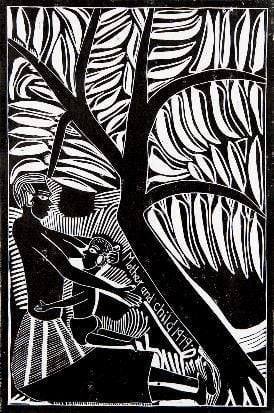
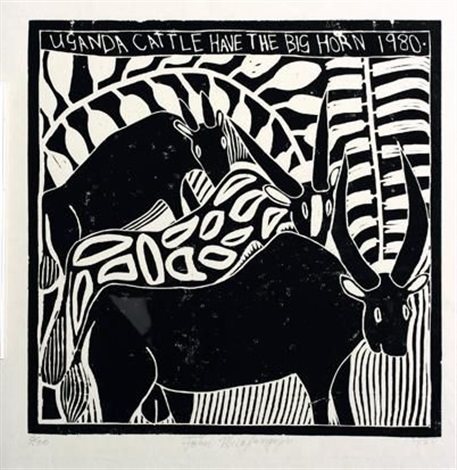
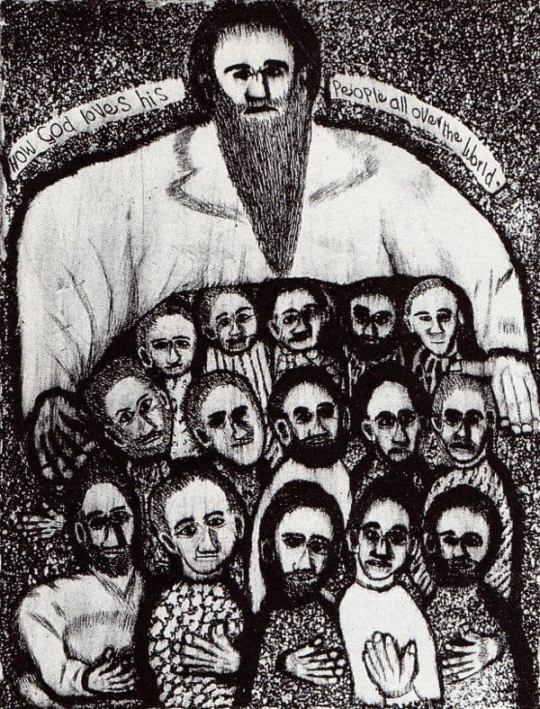

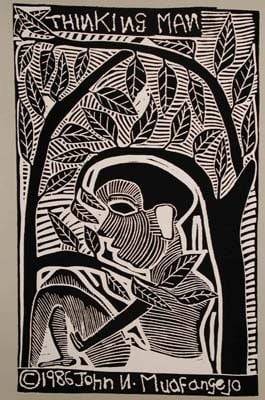
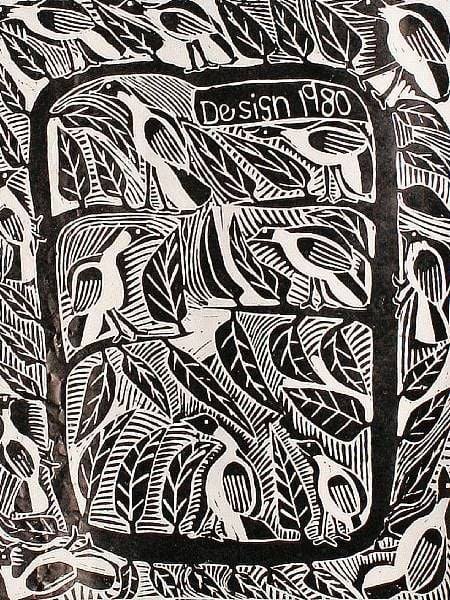


John Ndevasia Muafangejo (1943 - 1987) was a Namibian artist who became known as a maker of beautiful woodcut prints.Muafangejo came from the people of Kwanyama (Kuanjama), who inhabit the northern parts of Ovamboland. As a child, he tended cattle barefoot.
1955 his father died, leaving his mother, who was one of eight wives, with no assets. His mother converted to Christianity and moved in 1956 to the Anglican mission station in Epinga which lay south of the border in Namibia. In 1957 John followed her there and attended the local missionary school.
Read more https://en.wikipedia.org/wiki/John_Muafangejo
21 notes
·
View notes
Text
Art Analysis
cogc
task: Complete the assessment on printmaking processes
1. Identify which process of printmaking you see yourself working towards and using your own words, describe this genre. Identify the key characteristics of this process.
The process of printmaking that I see myself working towards the most is linocut. I haven’t been able to try much of the different techniques so I will be basing this off of the different processes that I have tried as well as from what I have found out from researching, and i have decided that linocut is the process that I see myself working towards. I like this technique as it is very easy to do and you can do any type of design easily, you can also get any level of intensity you want when doing this technique. Linocut also gives bold designs and clean prints. My genre of art is dark, horror and alternative styles. As my personal style is dark and alternative, I like to use this as the genre for my artwork. Usually when doing things such as drawings or paintings, I like to do detailed graphic pieces that have a lot of dark colours and tone/depth. When it comes to linocut, my genre changes a little. When doing linocut I still like to do alternative/dark designs but I try to make them a little more simple but still with the dark graphic ideas. Linocut is a printmaking technique where the artist cuts into a linoleum sheet with a blade to create their design. After the design is cut into the lino sheet, the artist then uses an ink roller to roll printing ink over the lino. The inked lino is then placed on a material and pressure is put over it to help print the design onto the material, this is usually done by using a press. Linocut is very similar to woodcut but due to the different variables of wood and lino, linocut can leave different effects and styles when printing. Lino prints can be created in masses due to the ease of reusing the lino sheet. The sheet used for linocut was created in 1860 by Frederick Walton in order to find a cheaper alternative material. The technique of linocutting was created in the 20th century although was frowned upon by artists due to its ease and lack of needing technical skills. German expressionists such as Erich Heckel and Gabriele Munter are thought of some of the first to come up with using lino for art purposes. Linocut was being used for black&white prints in 1912 in the UK, and russian artists started using it for prints by around 1913. Coloured linocuts were inspired by Claude Flight’s work and was taught in Grosvenor School of Modern Art from 1926-30. Picasso was famous for using linocut and made his first linocut in 1939-60′s, he is also thought of as the artist who started the “reduction linocut” idea - which is where a lino design/sheet is used multiple times in the one piece. Namibian John Ndevasia Muafangejo and Henri Matisse are also famous for their lino prints.
2. Choose 3 pivotal printmakers and their artworks to analyse and evaluate within your chosen genre.
Artist 1 - Ramon Rodrigues
Ramon Rodrigues is a graphic artist and printmaker born in 1982 in Florianópolis, Santa Catarina. He has various degrees in design and also has a studying background of drawing, illustration, anatomy, engraving and printmaking. Rodrigues specialises in dark gothic styled prints, which relate a lot to the same genre and style that I do in my work. From first glance, I can tell that Rodrigues specialises in black and white, there are some prints with colour but most of his work is black and white. This helps add to the horror and gothic genre of his work and works well with the designs of his prints. Another thing I noticed is the scale of his pieces, some are small little prints and others are very large, it’s very impressive to me how he manages to keep such detail and depth in his pieces no matter the scale. The main thing that I noticed when researching his work is just how detailed it is. Rodrigues’ work is filled with lots of tone and depth, all of his pieces have multiple layers of shading and all have little pieces of detail which help bring the piece together. The amount of depth and detail of his work is what really intrigued me and made me amazed at how good his work is. The amount of detail, depth and tone in his pieces make them look almost like a photo/realistic or that they were paintings (and not prints). These are three of my favourite pieces due to how diverse they are yet still all hold the great amounts of detail/depth/tone in them. Pieces like “Os Sete” are filled with objects in the background yet is still as impressive as something like “A Bruxa” which has less subject matter. All have different compositions, subject matter, layers etc yet are all as impressive as the other.

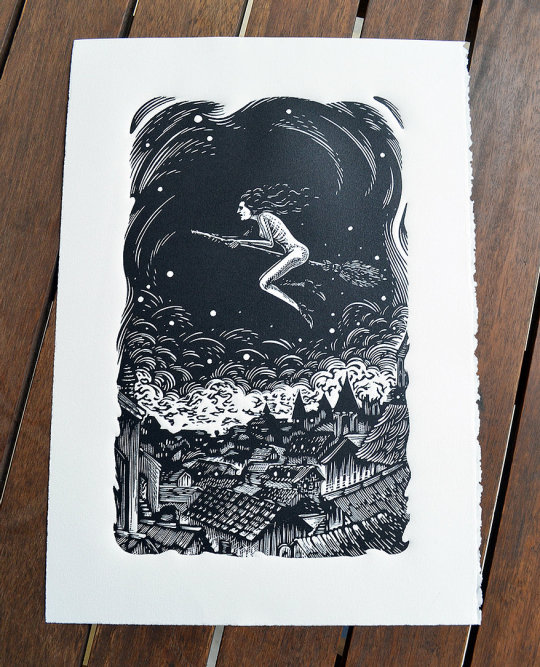
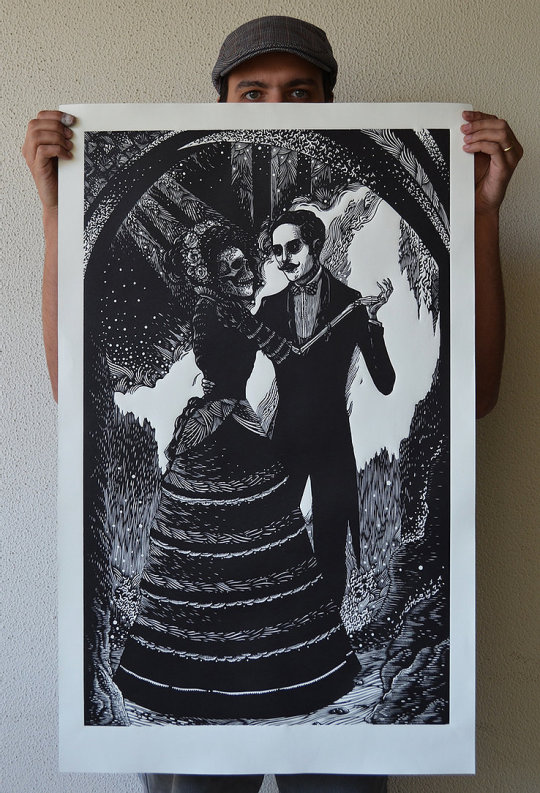
Artist 2 - Mazatl
Gráfica Mazatl is a printmaker based in Mexico City. His work centres around fighting for social, enviromental and political justice and works with groups related to these. The work that he makes is inspired by the work that humans do to “shake off the noose around our necks”. Mazatl creates pieces of printmaking, linocuts, woodcuts and also does murals. Mazatl is also a street/graffiti artist and is very into the punk scene. A lot of his work is also based from and inspired from his culture/heritage. Some of his interests include: anarchism, indigenous resistance and social movements. Although Mazatl’s work isnt as dark and gothic as some of the others on this list, I still think it’s dark and very impressive. The first thing I noticed in his work is the contrast between how much of each colour is used. His work, like the ones below, is predominately centred and filled mostly with one colour with smaller parts of another in it. For example: white with black detail or black with white detail. Another thing I noticed largely when researching his work is the amount of detail and little marks that he uses in his work. Usually, printmaking pieces have a lot of blank space, yet in Mazatl’s work the entire thing is filled with little detail and little lines/engravings. At first look it is clear that his work is filled with detail but the impressive thing is that the longer you look, the more detail and depth you notice, which leaves the viewer interested for longer. I really enjoy all the little and impressive detail/depth used as well as the messages and subject matter that he puts into his work. I also enjoy how a lot of them have the same subject matter which makes the pieces look like a continuing story.
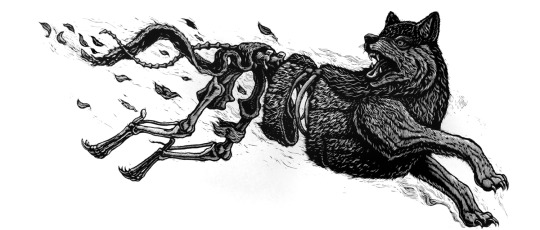
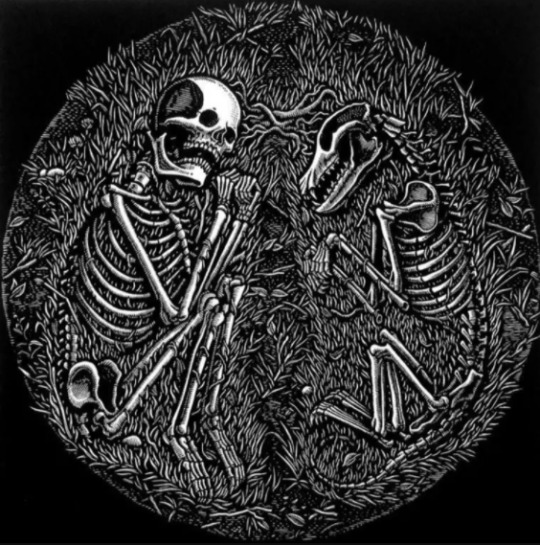
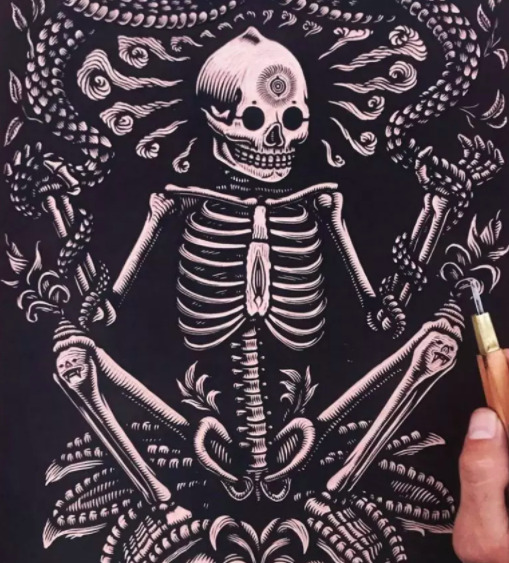
Artist 3 - Slippery Jack
Richard Wells, aka Slippery Jack is a printmaker who specialises in horror and macabre style work. Wells also does work for TV shows, album covers and book illustrations. His work includes things like Doctor who, Dracula (TV) and Green Lung (band), and work for authors such as Arthur Machen and M.R. James. A lot of his work involves traditional mediums such as linocut and drypoint etching. The thing that drew me into his work is the similar subject matter that we have in common, a lot of the work i do is similar to his work and the concepts he does. Although Wells still has the alternative horror genre in his work, some of his work is very modernised looking compared to other artists I’ve listed (e.g. second photo). The thing that drew me into his work is just how much detail and layering there is. Just like Mazatl, you can tell wells’ work is detailed from first observation, but the more you look - the more detail you see. It also impresses me how much depth Wells’ has in his work and how you can tell there’s a foreground, midground and background. My favourite photo of his work is the middle image, this is because each is different yet theyre all as impressive as each other. The right hand photo has so much detail, from the book writing to the book stand. I really enjoy the subject matter and composition of the top middle one as it looks simple but is filled with detail in the animals. The left hand one is one of my favourite due to the creepiness of it, as well as all of the detail and little lines that were used to create it. I think the bottom middle is my favourite as there is so much tone and depth used in it, that you wouldnt think it is a print. The wings, face and outfit are all filled with depth and tone that it looks like it is done by pen or paint or pencil and although it’s simple it is still very creepy and effective. Even though Wells’ work all have the same macabre style, each one is completely different to the others. Wells’ is definitely an artist who is good at his perception in his work (tone, depth, dimension etc).

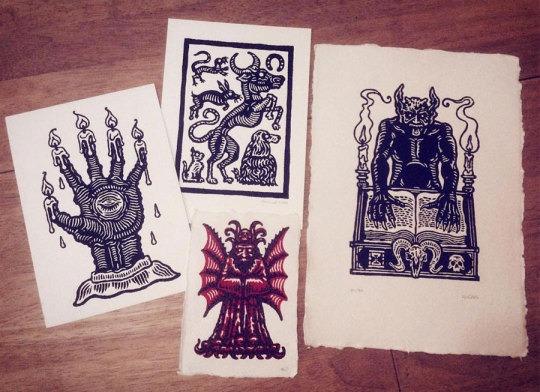
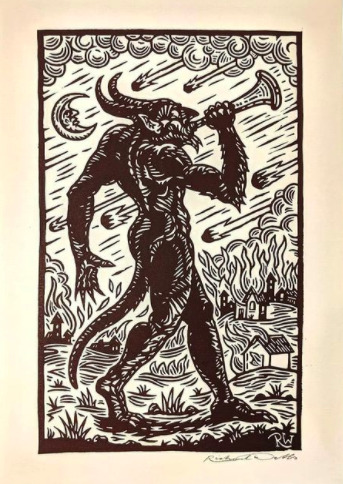
References: website: https://www.drawcutinkpress.com/south-american-linocut-artists/ publisher: draw cut ink press date: 2020
website: https://www.drawcutinkpress.com/top-linocut-artists-to-follow/ publisher: draw cut ink press date: 2016
website: https://www.ramon-rodrigues.com/sobre-about publisher: ramon rodrigues date: n/a
website: http://www.graficamazatl.com/about publisher: grafica mazatl date: n/a
website: https://www.juxtapoz.com/news/street-art/the-work-of-grafica-mazatl/ publisher: juxtapoz date: n/a
website: https://justseeds.org/artist/mazatl/ publisher: justseeds date: n/a
website: https://vampiresquid.co.uk/artist-richard-wells-on-folk-horror-tv-work-and-his-upcoming-book/ publisher: vampiresquid date: n/a
website: https://www.britannica.com/technology/linocut Uploader: Britannica Date: 2019
website: https://www.thesprucecrafts.com/an-introduction-to-lino-printing-2578530 Uploader: The Spruce Crafts Date: 2019
0 notes
Photo

John Ndevasia Muafangejo
Preparation for the Flood
, 1979
47 notes
·
View notes
Photo

John Ndevasia Muafangejo
ETOSHA PAN WILD LIFE
, 1982
34 notes
·
View notes
Photo

John Ndevasia Muafangejo
Adam and Eve
, 1968
31 notes
·
View notes
Photo

John Ndevasia Muafangejo
Zululand - Natal, Where Art School Is
, 1974
29 notes
·
View notes
Photo

John Ndevasia Muafangejo
(South African, 1943-1987)
A Good Shepherd
27 notes
·
View notes
Photo

John Ndevasia Muafangejo
Adam and Eve
https://www.bonhams.com/auctions/17299/lot/5/
14 notes
·
View notes
Photo
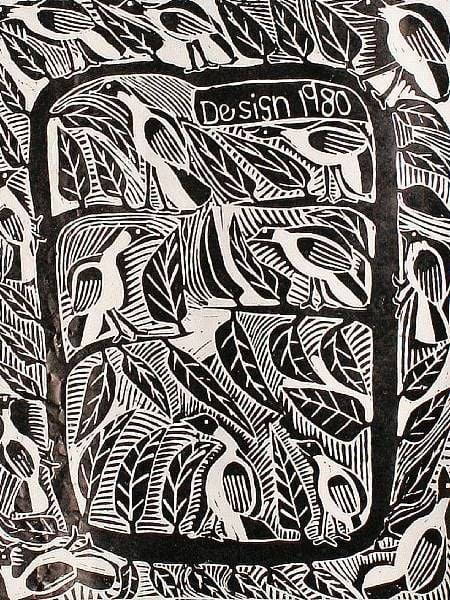




John Ndevasia Muafangejo (1943 - 1987) was a Namibian artist who became known as a maker of beautiful woodcut prints.
Muafangejo came from the people of Kwanyama (Kuanjama), who inhabit the northern parts of Ovamboland. As a child, he tended cattle barefoot. 1955 his father died, leaving his mother, who was one of eight wives, with no assets. His mother converted to Christianity and moved in 1956 to the Anglican mission station in Epinga which lay south of the border in Namibia. In 1957 John followed her there and attended the local missionary school.
Read more https://en.wikipedia.org/wiki/John_Muafangejo
11 notes
·
View notes
Photo
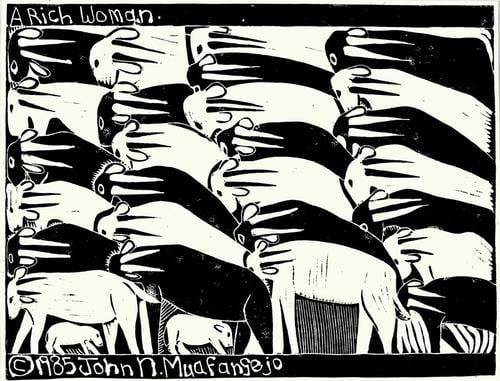
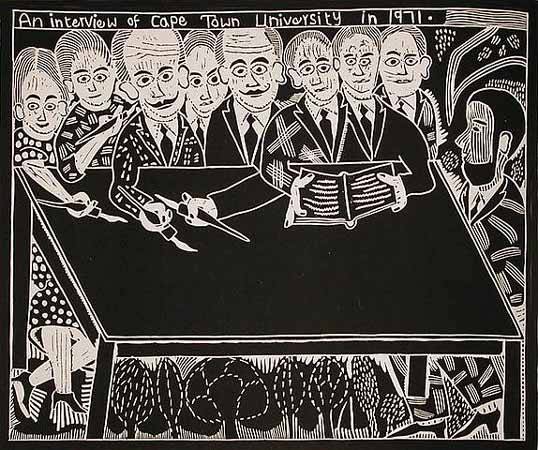



John Ndevasia Muafangejo (1943 - 1987) was a Namibian artist who became known as a maker of beautiful woodcut prints.
Muafangejo came from the people of Kwanyama (Kuanjama), who inhabit the northern parts of Ovamboland. As a child, he tended cattle barefoot. 1955 his father died, leaving his mother, who was one of eight wives, with no assets. His mother converted to Christianity and moved in 1956 to the Anglican mission station in Epinga which lay south of the border in Namibia. In 1957 John followed her there and attended the local missionary school.
Read more https://en.wikipedia.org/wiki/John_Muafangejo
5 notes
·
View notes
